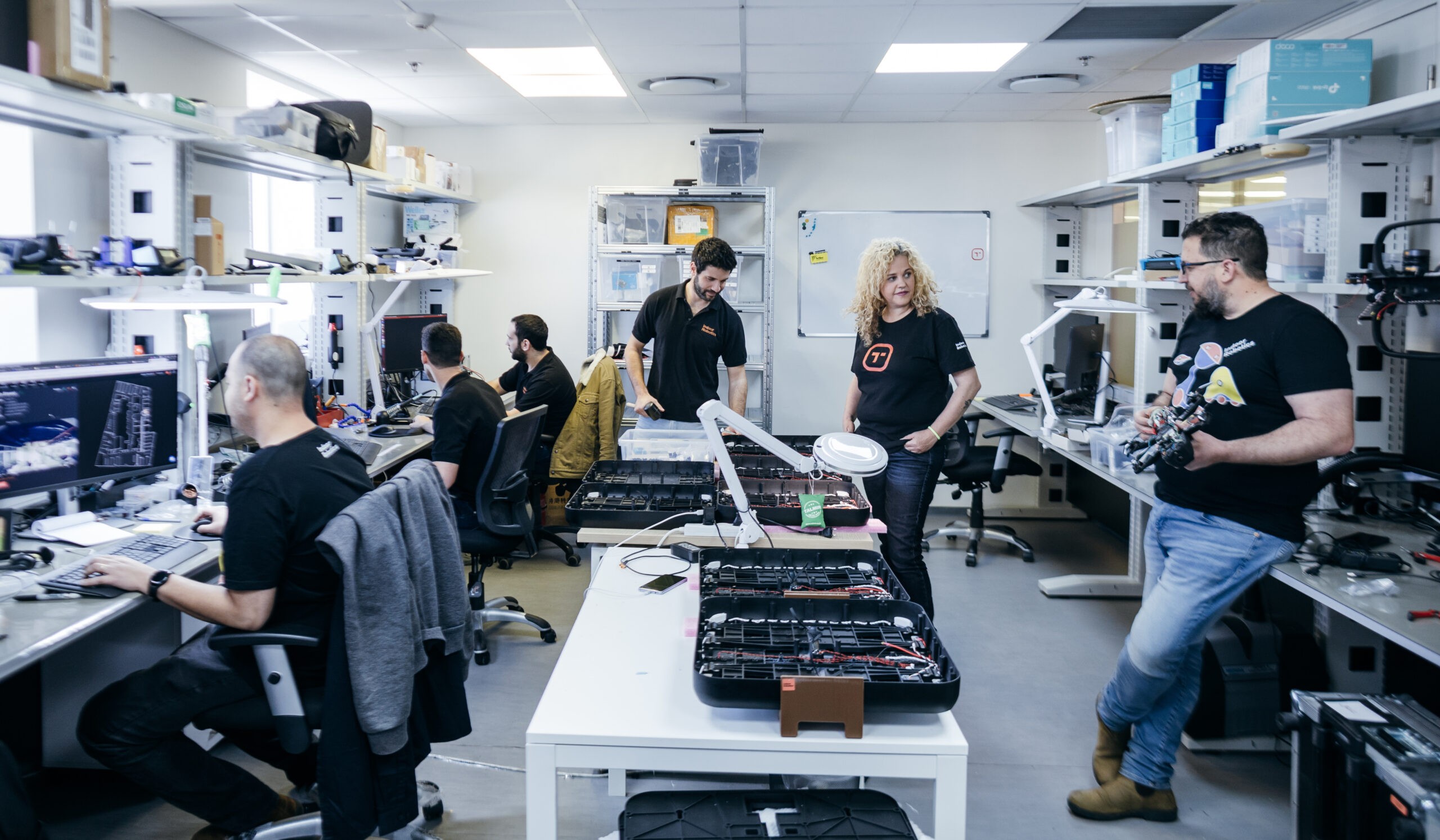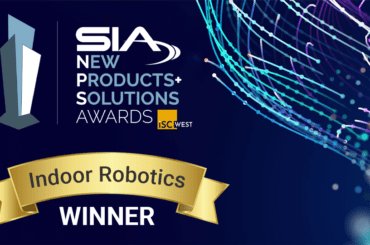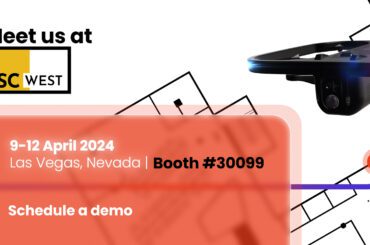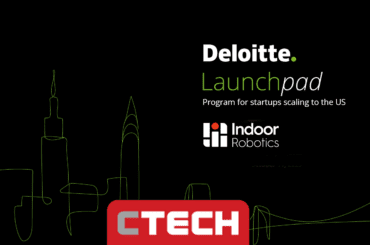The robots as a service (RaaS) industry is expected to grow rapidly in the coming years, reaching 1.3 million installations by 2026 and generating revenue of $34 billion.
Industries as varied as safety and security, delivery, logistics, and cleaning are all expected to take advantage of this new model that delivers advanced robots for a fraction of what it costs to buy an entire robotic system.
Commercial indoor drones in operation today perform tasks such as warehouse management, inspections, inventory control, greenhouse crop monitoring, and security and surveillance missions.
How it works
Like software as a service (SaaS), RaaS allows an industrial concern, retail outlet, or smart building operator to lease a robotic system for as long as they like and tailor it to their specific needs. An IT Manager or Security Manager accesses a RaaS system through an app connected to a service cloud. That cloud then dispatches and monitors the robot fleet.
What’s driving the change?
For one, the rapid decline in hardware costs and the increase in robotic capabilities. Inexpensive and powerful computing and cloud infrastructure allows for specific, robotic-powered solutions to be sold at a fixed cost. Just as a cable company supplies a box for watching movies based on a monthly subscription model, so too robots and their cloud infrastructure are provided to businesses as a package.
Businesses are attracted to technology-as-a-service solutions because of their flexibility, scalability, and cost savings. RaaS also eliminates all the headaches associated with ownership, from initial capital outlays to ongoing maintenance issues.
Use Case: Indoor Security & Safety Drones
Indoor drones are fully autonomous flying machines that collect data and carry out security checks using AI-based predictive analytics. These programmable indoor drones can cover large areas and be scheduled to fly at specific times based on the needs of the user. Today, indoor security drones are operating in warehouse spaces, data centers, and commercial smart buildings.
A RaaS indoor drone security system carries several advantages over traditional solutions like CCTV, motion detectors, and security guards. In the latter case, statistics show there is high turnover in the security guard industry, leading to constant rehiring and retraining. Cameras and fixed sensors have been in use for decades, and there are limits to their capabilities, the biggest being dead zones. Indoor surveillance performed by drones, by contrast, are always working, scanning a space by way of their onboard cameras and thermal sensors.
There are five key advantages to using small indoor drones for security & safety inspections.
- Automation
Humans do not have the ability to fly (yet). But drones do, and can autonomously patrol an area, freeling up a security manager to focus on more important tasks – while providing the peace of mind that their retail outlet, smart building, or industrial facility is secure.
Small indoor drones can also navigate difficult spaces a human or camera can not reach, allowing an inspector to quickly dispatch a technical team if a problem is detected.
- The power of data and AI
The drones constantly scan the indoor space and compare findings to previously collected data. If an anomaly is identified, the drone can alert the relevant security personnel.
Indoor surveillance drones can take pictures, record videos, and even check the shelves of large warehouse spaces. These capabilities allow the robotic system to generate a long visual paper trail that can be referenced to analyze failures and determine the original source of a problem. Drones can also communicate with other IOT devices and connect to existing building management systems.
- Enhanced safety
The capabilities of AI-powered flying robots means that humans no longer have to perform hazardous or life-threatening missions. Drones have the capability to inspect the smallest spaces, or hover far overhead, at a safe distance from radioactive or poisonous material. Safety managers can also missionize drones to scan an area in case of emergency evacuation. That saves lives.
- Cost savings
With advances in technology, wired security systems reach obsolescence within a few years. Those systems are also prone to false alarms. Because they are connected to a cloud server, drones are constantly updated and improved.
Purchasing a drone fleet is also less expensive than hiring a human security guard. After an initial set-up fee, a fixed service is the only cost. Drones offer a five to one savings over current security solutions.
- Be Part of the Robotics Revolution
At Indoor Robotics, we think of ourselves as drone geeks. Visit our offices in Israel and you will see a bunch of curious engineers flying their prototype drones around the office – with big smiles on their faces.
It’s a bold statement, but we believe that our Tando drones will improve the quality of life for human kind. There is simply no reason, given the technology available, for people to spend their days carrying out mundane, risky, and dangerous tasks that could be better assigned to a robot.
Over the last four years, we’ve developed a scalable and versatile AI technology and we’re proud to say that we’re first to market with our game-changing indoor drone security solution.
We invite you to be part of what we consider to be a revolutionary product.






